News
Editorial: From Gay-Bashing to Queer-Coding in ‘IT: Chapter Two’
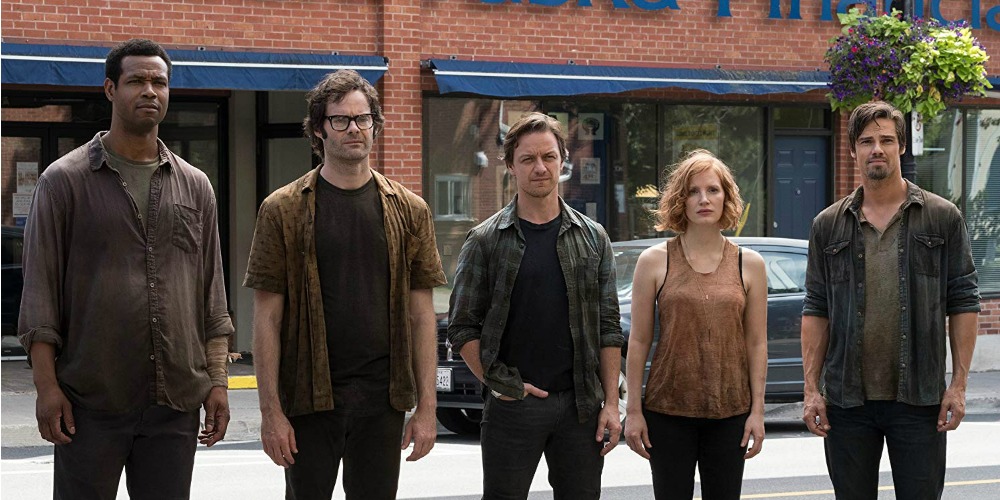
Fans of Stephen King have been lining up for over a week now to see IT: Chapter Two, the second half of Andy Muschietti and Gary Dauberman’s adaptation of King’s iconic novel.
Response by critics and fans alike has been mostly positive, but the LGBTQ community has had a real and not totally unfounded problem with the new adaptation and its depiction of one of the book’s most brutal scenes as well as its handling of another character’s sexuality.
It goes without saying that there will be spoilers below this line for IT: Chapter Two. Please, be advised.
Anyone who has read the book knows the story of Adrian Mellon, a young gay man brutally beaten by a group of homophobic men and ultimately thrown over the side of a bridge and finished off by Pennywise the Clown.
King drew the story from a real life gay-bashing that had a profound effect on him when he read the case, and he used it as an example of how Pennywise/IT still influenced the town of Derry, even as he slept. The scene was brutal in the book, and played out just as brutally on the screen in Muschietti’s new film.
However, there is one stark difference between the two.
In the book, King told the story through flashbacks while the bashers and Adrian’s boyfriend recounted the events that led up to that night. He also went so far as to let us know that the gay bashers were actually punished for their crimes, even if, on some level, the police and prosecutors involved were more on the side of the bashers than Adrian.
Justice for Adrian was served with three convictions of manslaughter with the two men of age sentenced to between ten and twenty years in prison.
With the new film, we see this crime happen, and it directly becomes the catalyst for Mike Hanlon to reach out to the Losers Club reminding them of their oath to come back to Derry and defeat Pennywise once and for all should he ever rise again.
Like many victims of hate crimes, Adrian is never mentioned again, and for many in the queer community, I think, that reality hit hard and fast.
After all, much like in King’s book, it is almost the first scene in the film. Some said it should have come with a trigger warning, but both Muschietti and Dauberman have been speaking about the scene’s inclusion for over a year, now, so I’m not sure how much more warning one might need.
Others have pointed out that the lack of punishment was, at the very least, irresponsible when these crimes are still happening everyday. While I agree with this, I’m not sure that going through that entire process of the confessions and everything that it entailed wouldn’t have slowed down a film that was already clocking nearly three hours in run-time.
Regardless, the whole process felt like it was handled awkwardly showcasing brutality in a way that some audience members were obviously not prepared to see.
With their queer audience reeling from this brutality, however, Dauberman and Muschietti, for whatever reason, took their misstep further when they decided to queer-code one of the Losers as gay.
For the uninitiated, queer-coding is a process by which a writer or director inserts elements into a story to imply that a character is queer without ever actually confirming the character’s queer identity. Queer-coding was a mainstay of filmmaking during the Hays code in the early to mid-20th century that is no longer looked upon as a positive practice, and ultimately detrimental to the queer community.
If you’ve seen the film, then you know I’m obviously speaking of the Loser Club’s official loudmouth Richie Tozier who Dauberman and Muschietti chose to code as gay.
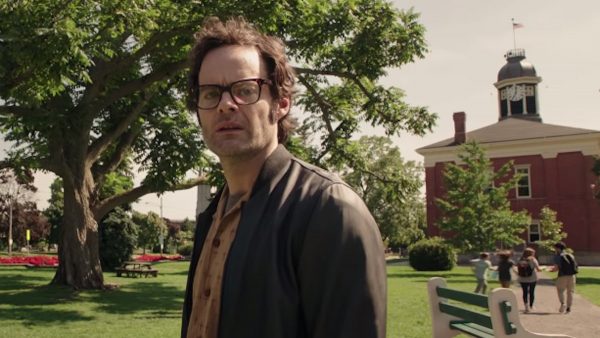
What is most troubling in this film, however, is the relationship they manage to create between being queer and trauma in their attempts to flesh our grown-up Richie’s character. Richie’s sexuality becomes the focus of his “trauma,” but again, it’s never actually addressed even though we are given so much focus and development for the rest of the characters.
Bill is still suffering from the loss of Georgie and he spends much of the film trying to protect another small boy that reminds him of the little brother Pennywise took from him.
Beverly suffered abuse at the hand of her father, then grew up to marry a man who was just as abusive. We watch her make the decision to leave him, and furthermore she gets a happy ending, running way with big shot architect Ben who, you know, isn’t fat anymore and is therefore worthy of notice and being loved, which is an issue to discuss another day.
Hypochondriac Eddie Kaspbrak grew up to marry his mother–the same actress actually played both parts in the films. He’s constantly sucking on his inhaler, and his trauma is out there for everyone to see.
And Mike, the torchbearer, carrying the weight of what Derry is capable of on his own shoulders while simultaneously still processing the death of his parents when he was a child, defies Pennywise’s influence time and again.
Not Richie. Richie’s “trauma” is hidden away in a place where only he knows. Unfortunately for him, Pennywise can also access that place and uses it to tease and taunt Richie about it, cornering him in public places loudly asking if he wants to play Truth or Dare.
In flashback, we see Richie playing a game in the arcade with a cute young guy who unfortunately turns out to be Henry Bowers’ cousin, giving the bully the opportunity to throw around his favorite epithet–starts with “f” and rhymes with “bag”–a couple of times as Richie runs away.
It’s a very popular word in Dauberman’s script. One that he perhaps used just a little too often, even from characters who wouldn’t blink at saying it.
It was, of course, hurled repeatedly at Adrian while he was being beaten, then turns up again and again from Bowers so much so that I began to wonder if adult Richie wasn’t headed for the same fate.
Later, we see young Richie hogging the hammock in their hideout and Eddie climbs on sticking his feet in his friend’s face to which Richie suspiciously doesn’t throw out one of his usual zingers.
Then, we see Richie carving something into a wooden plank on an old bridge catching only the briefest glimpse of what it is.
Adult Richie is completely devastated when Eddie dies while fighting Pennywise at the end of the film and breaks down in front of the Losers weeping before lamenting that he’s lost his glasses. His friends dive into the water of the quarry to help find them which, as it turns out, is a great time for Bev and Ben to make out underwater, but not a good time for Richie to talk about why he is so incredibly upset at the loss of their friend.
Richie, in the final moments of the film, is seen going back to his carving from earlier, deepening the cuts that have weathered with time, and revealing R+E making all those previous scenes click into place for those who had not seen the signs earlier.
I’ll admit that upon first watching, I was moved by that etching and I still am to an extent.
It wasn’t until a day or two later that it hit me that once again, queer horror fans are so starved for crumbs of representation in the genre that we love that we take two initials on a piece of wood and feel as though we’ve been fed a four-course meal.
Further, when viewing that particular scene through the coded lens after the brutal gay-bashing in the film’s opening scenes, it almost feels like Richie’s queerness and the film’s queer audience were exploited for emotional fodder once in victimhood and twice in unrequited love.
To be clear, I do not believe that either Dauberman or Muschietti set out to cause harm to the queer community. In fact, I believe it’s possible that they were actually trying to bring a little representation to the genre.
I contacted Dauberman’s representation twice while I was planning this article, but as of its writing, I’ve had no reply.
The truth is there are plenty of 40 year old men in the world who are still dealing with the fact that they are, in some way, queer, and who have not come out yet nor is there any reason that they should have to hurry up and do so. Coming out is extremely personal, and something that most members of the community will tell you we have to do over and over again in our lives.
Looking back on IT: Chapter Two, I cannot help but think that if the writer and director could make the decision to add this element to King’s story, they could have just as easily given Richie one moment where he stood up to Pennywise, owned his identity, and took back some of the evil being’s power over him. It didn’t have to happen in front of his friends or anyone else, but it could have been a hell of an empowering scene for Bill Hader to play and for the audience, regardless of their identity, to see.
Unfortunately as it stands at the best of times in IT: Chapter Two, their efforts read as tone deaf and at its worst, a throwback to a time when it was much preferred to hide queer characters and moreover queer people in a darkened corner to deal with their own issues without the aid of community or allies.
'Civil War' Review: Is It Worth Watching?
Follow our new YouTube channel "Mysteries and Movies" here.

News
Watch ‘The Burning’ At The Location Where It Was Filmed
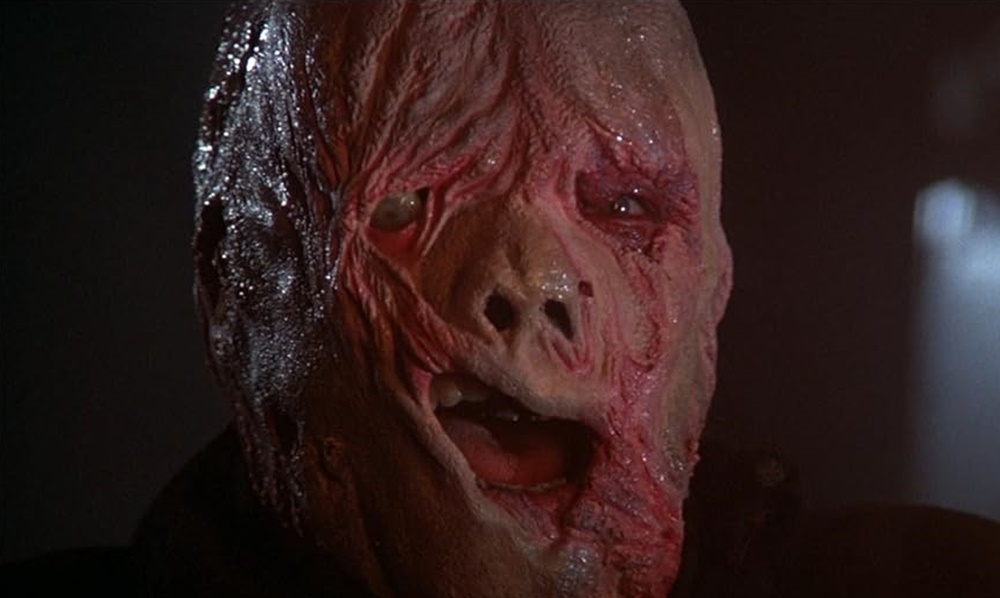
Fangoria is reporting that fans of the 1981 slasher The Burning will be able to have a screening of the film at the location where it was filmed. The movie is set at Camp Blackfoot which is actually the Stonehaven Nature Preserve in Ransomville, New York.
This ticketed event will take place on August 3. Guests will be able to take a tour of the grounds as well as enjoy some campfire snacks along with the screening of The Burning.
The film came out in the early ’80s when teen slashers were being churned out in magnum force. Thanks to Sean S. Cunningham’s Friday the 13th, filmmakers wanted to get in on the low-budget, high-profit movie market and a casket load of these types of films were produced, some better than others.
The Burning is one of the good ones, mostly because of the special effects from Tom Savini who had just come off of his groundbreaking work on Dawn of the Dead and Friday the 13th. He declined to do the sequel because of its illogical premise and instead signed on to do this movie. Also, a young Jason Alexander who would later go on to play George in Seinfeld is a featured player.
Because of its practical gore, The Burning had to be heavily edited before it received an R-rating. The MPAA was under the thumb of protest groups and political bigwigs to censor violent films at the time because slashers were just so graphic and detailed in their gore.
Tickets are $50, and if you want a special t-shirt, that will cost you another $25, You can get all the information by visiting the On Set Cinema webpage.
'Civil War' Review: Is It Worth Watching?
Follow our new YouTube channel "Mysteries and Movies" here.
Movies
‘Longlegs’ Creepy “Part 2” Teaser Appears on Instagram
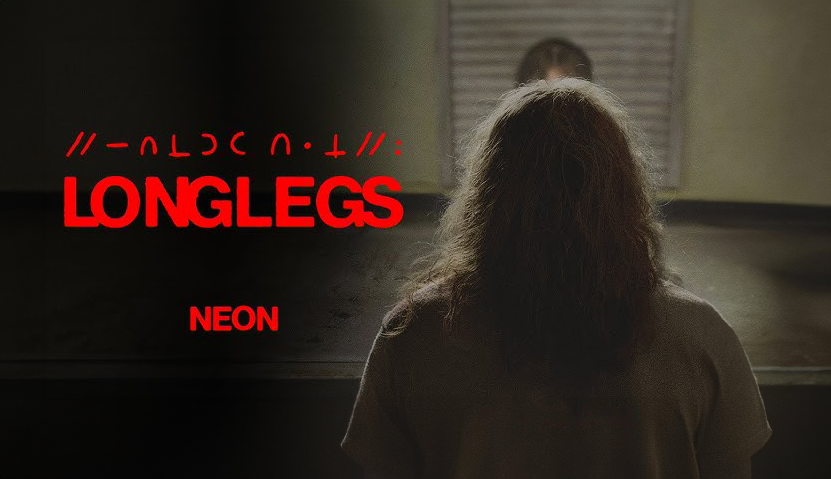
Neon Films released an Insta-teaser for their horror film Longlegs today. Titled Dirty: Part 2, the clip only furthers the mystery of what we are in for when this movie is finally released on July 12.
The official logline is: FBI Agent Lee Harker is assigned to an unsolved serial killer case that takes unexpected turns, revealing evidence of the occult. Harker discovers a personal connection to the killer and must stop him before he strikes again.
Directed by former actor Oz Perkins who also gave us The Blackcoat’s Daughter and Gretel & Hansel, Longlegs is already creating buzz with its moody images and cryptic hints. The film is rated R for bloody violence, and disturbing images.
Longlegs stars Nicolas Cage, Maika Monroe, and Alicia Witt.
'Civil War' Review: Is It Worth Watching?
Follow our new YouTube channel "Mysteries and Movies" here.
News
Exclusive Sneak Peek: Eli Roth and Crypt TV’s VR Series ‘The Faceless Lady’ Episode Five
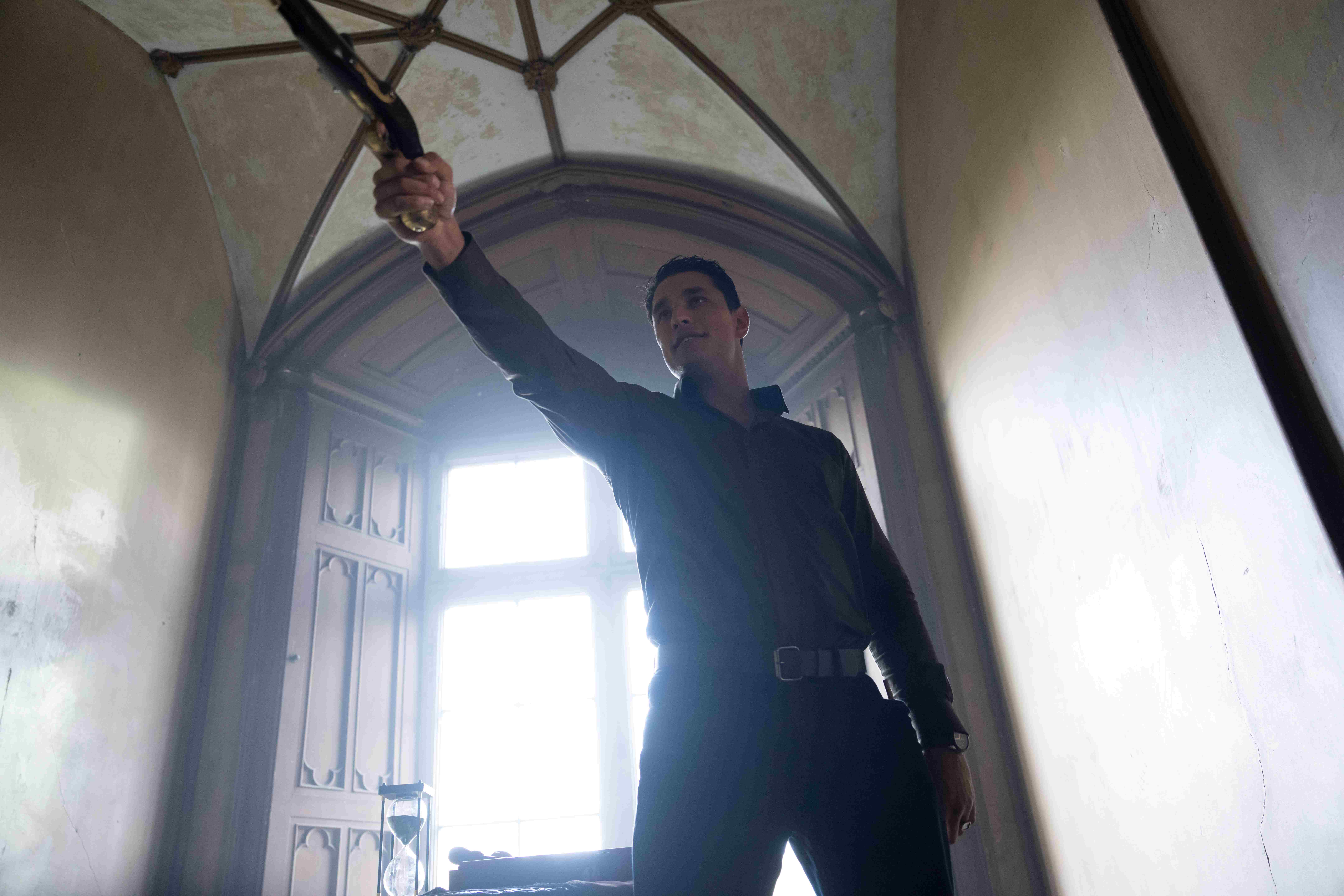
Eli Roth (Cabin Fever) and Crypt TV are knocking it out of the park with their new VR show, The Faceless Lady. For those unaware, this is the first fully scripted VR horror show on the market.
Even for masters of horror like Eli Roth and Crypt TV, this is a monumental undertaking. However, if I trust anyone to change the way that we experience horror, it would be these two legends.

Ripped from the pages of Irish folklore, The Faceless Lady tells the story of a tragic spirit cursed to wander the halls of her castle for all of eternity. However, when three young couples are invited to the castle for a series of games, their fates may soon change.
So far, the story has provided horror fans with a gripping game of life or death that doesn’t look as if it will slow down in episode five. Luckily, we have an exclusive clip that may be able to satiate your appetites until the new premiere.
Airing on 4/25 at 5pmPT/8pmET, episode five follows our final three contestants in this wicked game. As the stakes are raised ever higher, will Ella be able to fully awaken her connection with Lady Margaret?
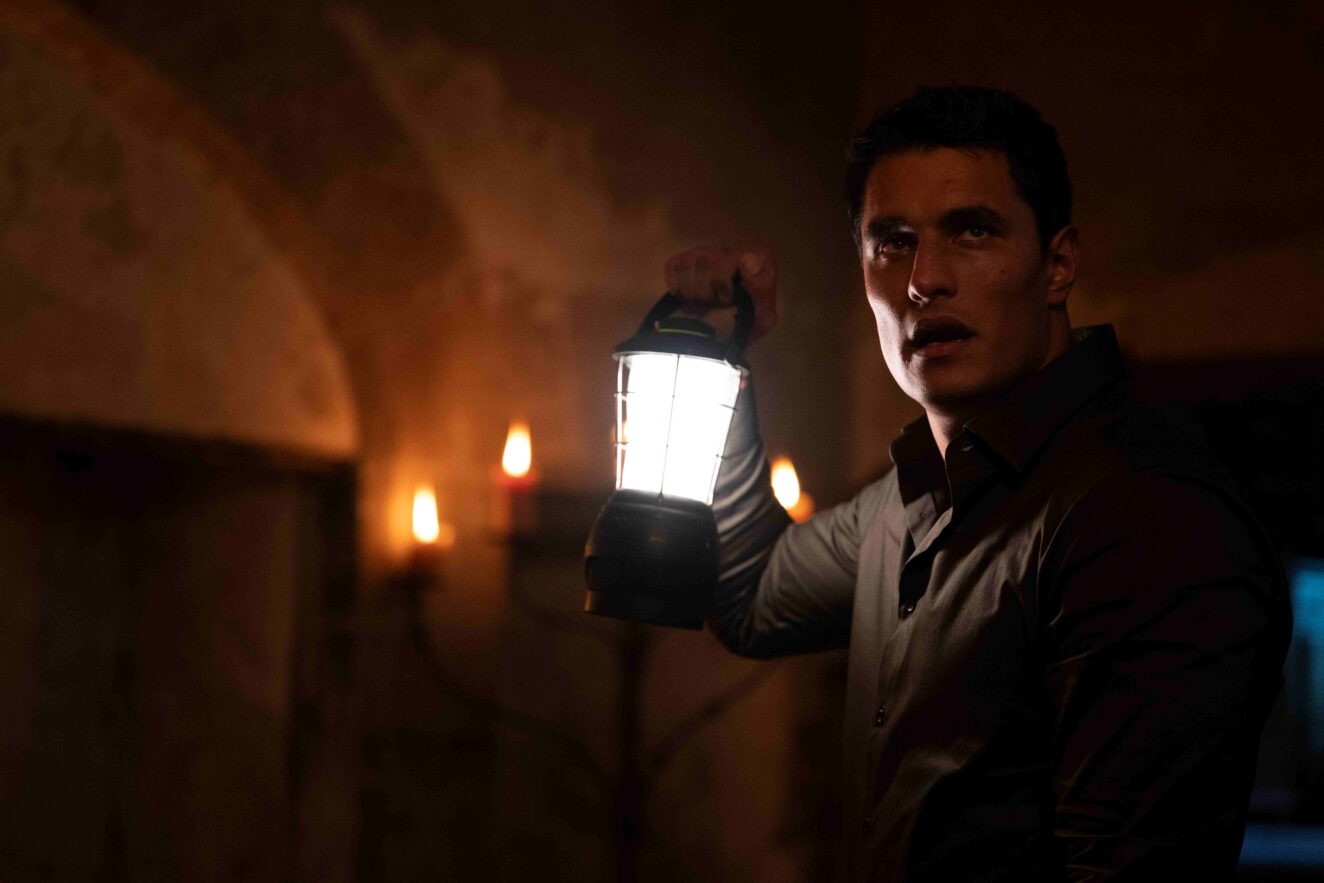
The newest episode can be found on Meta Quest TV. If you haven’t already, follow this link to subscribe to the series. Make sure to check out the new clip below.
Eli Roth Present’s THE FACELESS LADY S1E5 Clip: THE DUEL – YouTube
'Civil War' Review: Is It Worth Watching?
Follow our new YouTube channel "Mysteries and Movies" here.
-

 News7 days ago
News7 days agoWoman Brings Corpse Into Bank To Sign Loan Papers
-

 News5 days ago
News5 days agoBrad Dourif Says He’s Retiring Except For One Important Role
-

 Strange and Unusual6 days ago
Strange and Unusual6 days agoMan Arrested for Allegedly Taking a Severed Leg From Crash Site And Eating It
-

 Movies7 days ago
Movies7 days agoPart Concert, Part Horror Movie M. Night Shyamalan’s ‘Trap’ Trailer Released
-

 Movies6 days ago
Movies6 days agoAnother Creepy Spider Movie Hits Shudder This Month
-
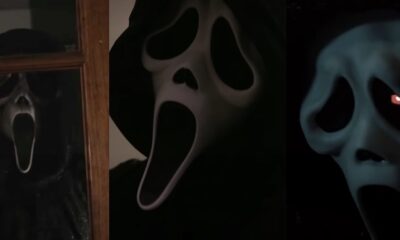
 Editorial6 days ago
Editorial6 days ago7 Great ‘Scream’ Fan Films & Shorts Worth a Watch
-
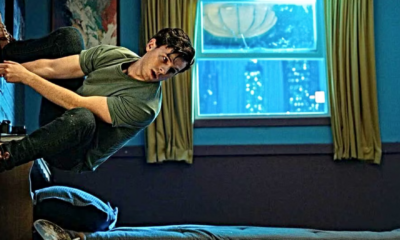
 Movies4 days ago
Movies4 days agoSpider-Man With a Cronenberg Twist in This Fan-Made Short
-

 News4 days ago
News4 days agoOriginal Blair Witch Cast Ask Lionsgate for Retroactive Residuals in Light of New Film
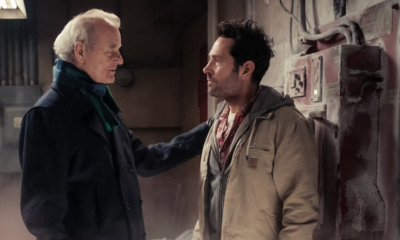

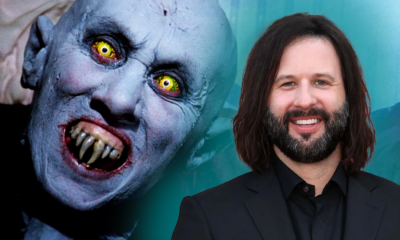

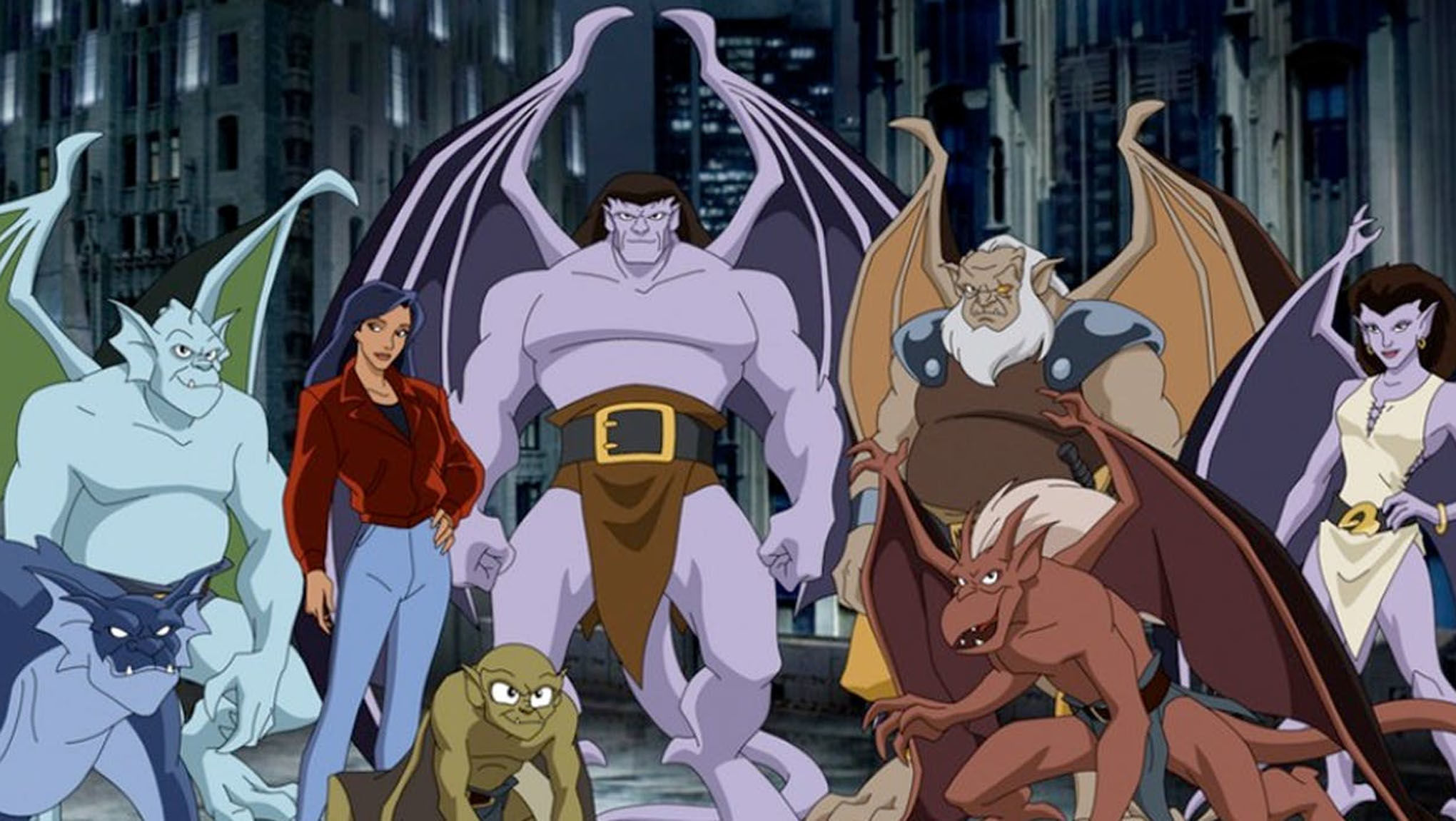




















You must be logged in to post a comment Login